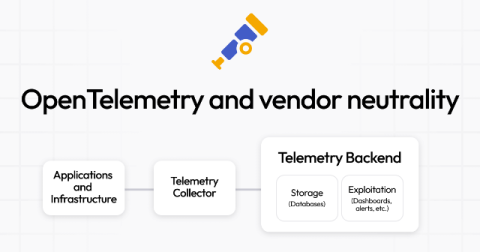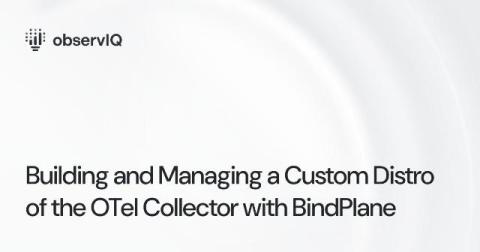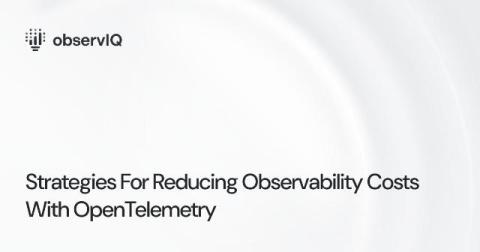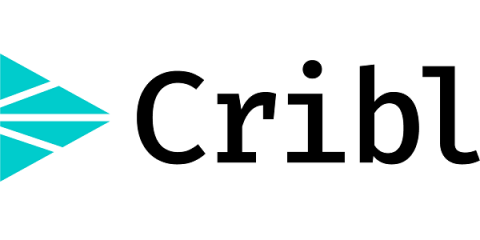Enhance Your AIOps Strategy by Utilizing Data Classification
Are you looking for a way to increase your AIOps signal to noise ratio and get more value from your data? In this article we will explore how one can utilize OpenTelemetry’s collectors, processors and data models to add or enhance classification attributes. These attributes can help you use your AIOps tools more efficiently and derive more value from your current data.











